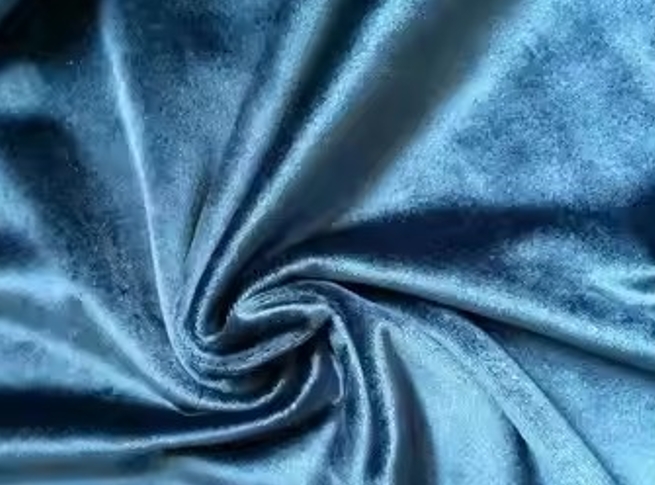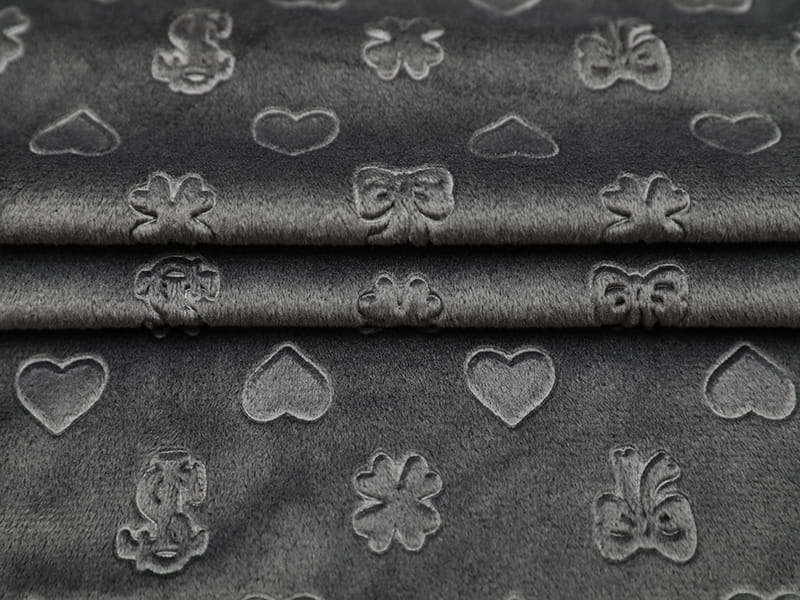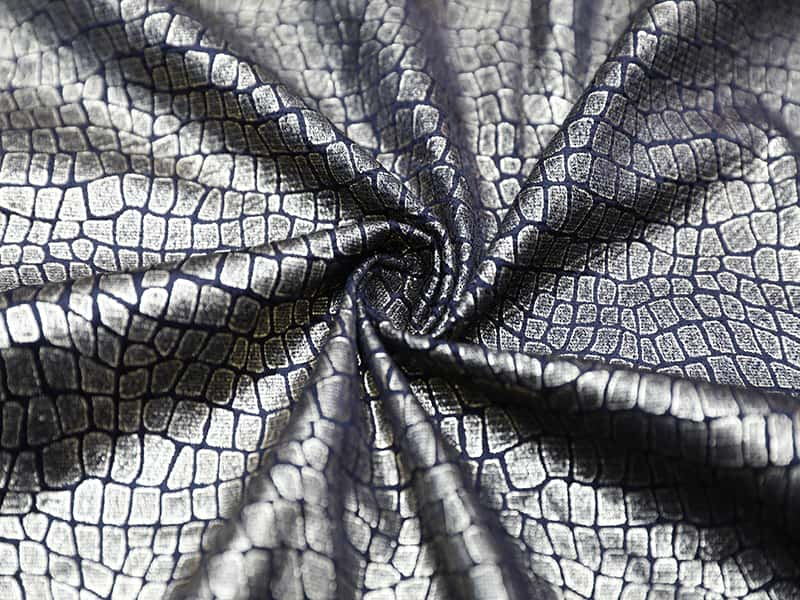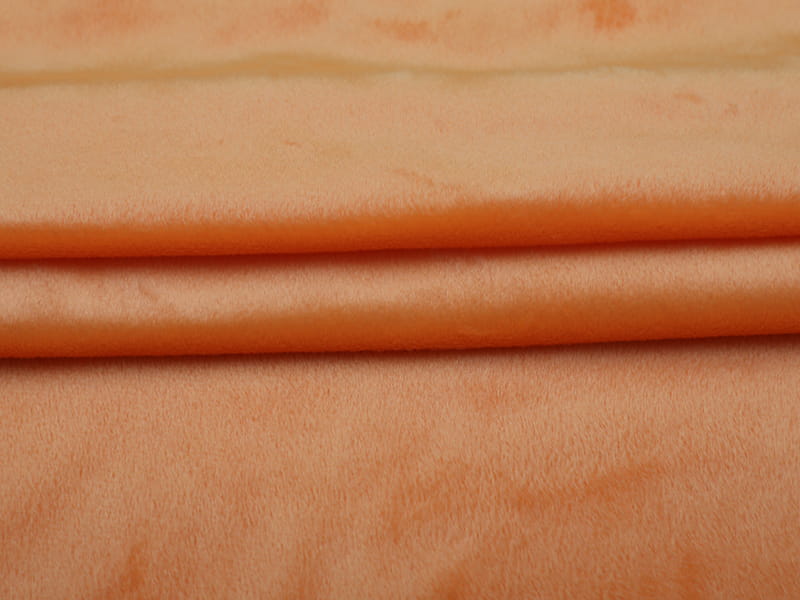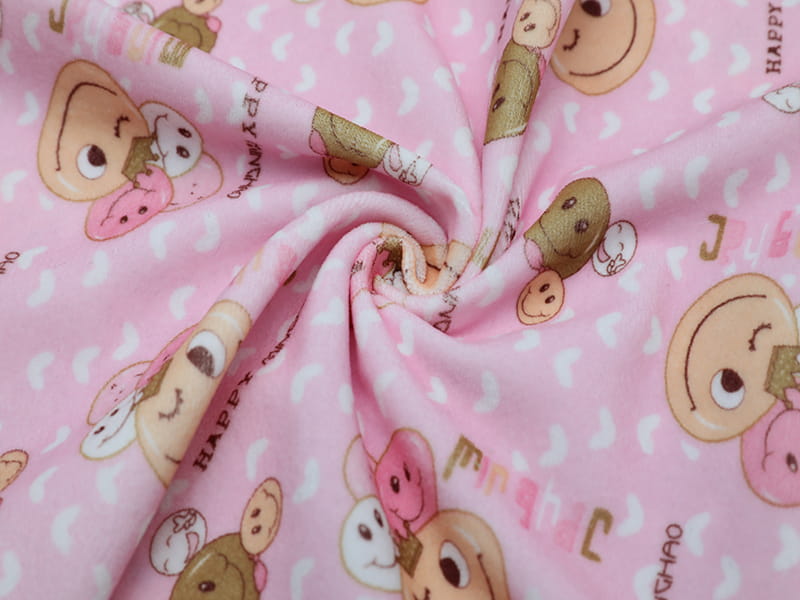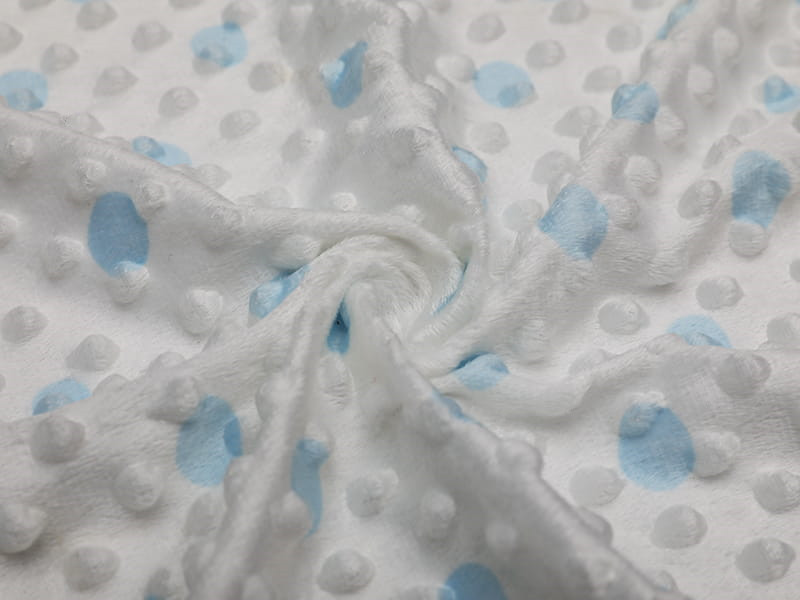With the rapid development of science and technology and the increasing diversification of the fashion industry, warp knitted fabrics are gradually becoming the new favorite of fashion designers. Its unique weaving structure and diverse material selection provide designers with a broad creative space, allowing clothing to show unique style in terms of texture, texture and elasticity.
Warp knitted fabrics stand out for their unique weaving process. Using highly automated knitting machines, designers are able to create a variety of textures, patterns and structures to give garments a unique design feel. The artistry of this weaving makes warp-knitted fabrics an indispensable element in fashion design. Compared with traditional textile fabrics, the production of warp knitted fabrics is not limited to traditional fiber materials. From natural fibers such as cotton and wool, to synthetic fibers such as polyester and nylon, to innovative materials such as degradable fibers, the diversity of warp knitted fabrics provides designers with a wider range of choices, making clothing both beautiful in appearance and performance. A better balance can be obtained.
Among high-end design brands, designers pay more attention to the uniqueness and artistry of clothing. Through the unique texture and weave structure of warp knitted fabrics, the brand has successfully created a series of eye-catching haute couture garments. These garments not only present a unique visual aesthetic, but also have significant advantages in terms of comfort and fit.
The multi-layered nature of warp knitted fabrics provides designers with room for expression. By interweaving different yarns and varying their density, designers can create layered garments. This design technique allows the clothing to present a unique effect both in motion and at rest, enhancing the three-dimensional and dynamic feel of the clothing.
Not only limited to the high-end market, warp knitted fabrics are also widely used in mass clothing. By applying warp-knitted fabrics to daily wear, major brands retain their unique sense of design while focusing on the practicality of clothing. Elasticity and comfort have become one of the main reasons why popular brands choose warp knitted fabrics.
The lightness and breathability of tricot fabrics make them ideal in the leisure and sports sectors. Using this fabric, designers have created a series of comfortable and fashionable sportswear that meet the needs of modern people for both fashion and functionality.
As society pays more attention to sustainable development, warp knitted fabrics have begun to use more environmentally friendly materials, such as organic cotton, recycled fibers, etc., to reduce the impact on the environment. This increase in environmental awareness not only conforms to the sustainable development trend of the fashion industry, but also provides consumers with more responsible fashion choices. Designers have also begun to pay attention to the recyclability of clothing, making clothing easier to recycle and reuse through ingenious design and production processes. This design concept complements the properties of warp-knitted fabrics, bringing new possibilities to sustainable fashion.
The application of warp knitted fabrics in fashion design is no longer a simple match, but a new fashion experience that combines technology, creativity and sustainable concepts. Through in-depth exploration and innovative application of its characteristics, designers have successfully given warp-knitted fabrics more unique and diverse styles to clothing. As the concept of sustainable fashion gradually becomes more and more popular, I believe that warp knitted fabrics will continue to play an important role in the future fashion stage and bring more amazing designs to the fashion industry.

